The human body operates on an intricate internal clock known as the circadian rhythm, a 24-hour cycle that regulates numerous physiological processes. From sleep-wake patterns to hormone release and even digestion, this biological timer influences nearly every aspect of our health. Modern lifestyles, however, often disrupt this delicate balance, leading to a cascade of negative effects on well-being. Understanding how to align daily habits with natural circadian rhythms can unlock profound benefits for physical and mental health.
At the core of circadian biology lies the suprachiasmatic nucleus (SCN), a tiny region in the hypothalamus that acts as the body's master clock. This neural structure responds primarily to light cues received through the eyes, synchronizing peripheral clocks found in organs throughout the body. When morning light hits the retina, the SCN signals cortisol production to promote alertness while suppressing melatonin, the sleep hormone. As daylight fades, melatonin secretion increases, preparing the body for rest. This light-dependent mechanism evolved over millennia to keep humans in sync with Earth's rotation.
The industrialization of society has introduced numerous challenges to this ancient timing system. Artificial lighting, irregular work schedules, and digital screens emit light wavelengths that confuse our light-sensitive cells. Research reveals that exposure to blue-enriched light during evening hours can delay melatonin onset by several hours, effectively creating perpetual jet lag. Shift workers and frequent travelers experience particularly severe disruptions, demonstrating higher rates of metabolic disorders, cardiovascular disease, and certain cancers compared to day-active populations.
Sleep represents the most visible manifestation of circadian rhythms, but its influence extends far beyond nightly rest. Body temperature fluctuates predictably throughout the day, peaking in late afternoon and reaching its nadir during early morning hours. Digestive enzymes and gut motility follow daily patterns, explaining why nighttime eating often causes discomfort. Even drug efficacy varies by timing - chemotherapy agents and blood pressure medications demonstrate different potency depending on administration time relative to circadian phase.
Practical strategies exist to realign modern lifestyles with biological timing. Morning sunlight exposure remains the most potent circadian regulator, with studies showing that just 30 minutes of outdoor light upon waking can significantly improve sleep quality. Conversely, minimizing artificial light after sunset, particularly blue wavelengths from electronics, helps maintain proper melatonin rhythms. Establishing consistent meal times - with larger meals earlier in the day - supports metabolic health by aligning food intake with digestive capacity rhythms.
The consequences of chronic circadian disruption extend beyond fatigue and poor concentration. Longitudinal studies associate shift work with accelerated aging at the cellular level, as measured by telomere shortening. Disrupted rhythms impair glucose metabolism and promote fat storage, contributing to obesity epidemics. Mental health similarly suffers, with circadian misalignment implicated in depression, bipolar disorder, and neurodegenerative diseases. These findings underscore the rhythm's fundamental role in maintaining physiological harmony.
Emerging technologies now allow personalized circadian tracking through wearable devices that monitor body temperature, activity patterns, and other biomarkers. Some forward-thinking companies have begun implementing circadian-friendly workplace policies, adjusting lighting conditions and scheduling demanding tasks during peak alertness hours. Chronotherapy - the timed administration of treatments according to biological rhythms - shows promise in oncology and other medical specialties, potentially improving outcomes while reducing side effects.
As science continues unraveling the complexities of circadian regulation, one truth becomes increasingly clear: honoring these natural rhythms isn't merely about better sleep, but about foundational health preservation. The artificial separation of human activity from environmental light-dark cycles represents one of modern society's most significant yet overlooked health challenges. By making conscious adjustments to respect our biological heritage, we may find solutions to numerous contemporary health crises rooted in circadian dysfunction.

By /May 21, 2025

By /May 21, 2025

By /May 21, 2025

By /May 21, 2025

By /May 21, 2025

By /May 21, 2025
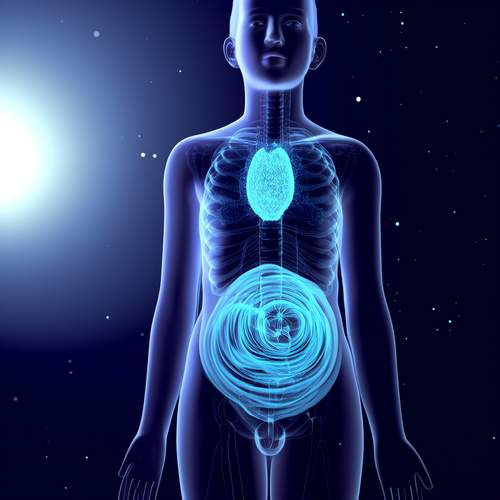
By /May 21, 2025
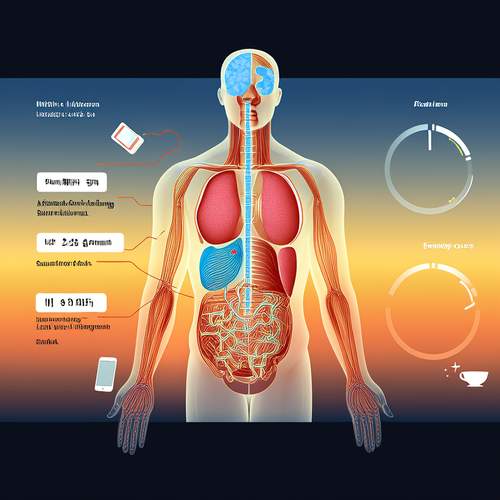
By /May 21, 2025
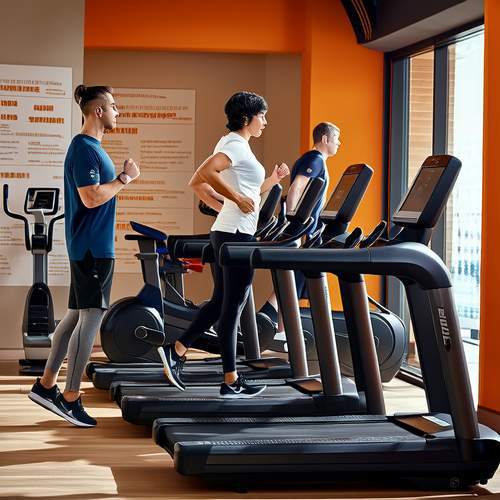
By /May 21, 2025
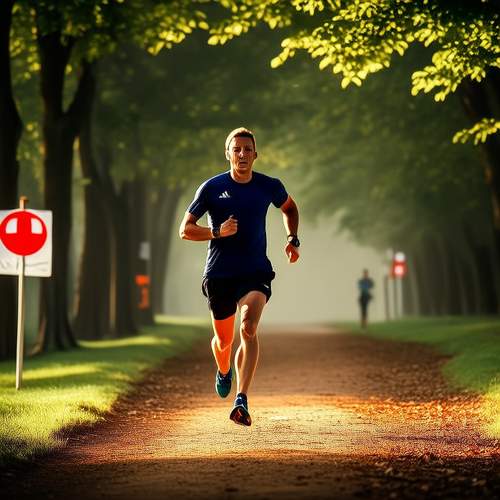
By /May 21, 2025

By /May 21, 2025

By /May 21, 2025
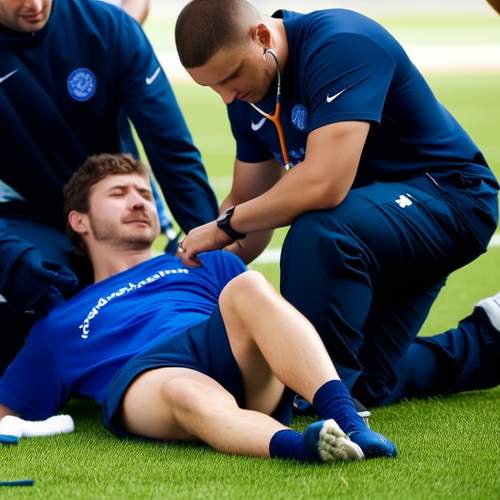
By /May 21, 2025

By /May 21, 2025

By /May 21, 2025

By /May 21, 2025
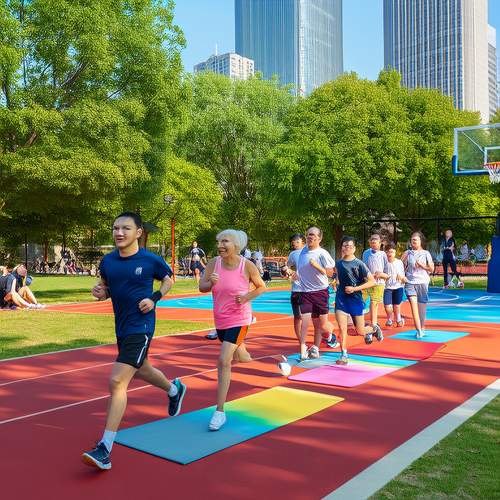
By /May 21, 2025

By /May 21, 2025

By /May 21, 2025

By /May 21, 2025